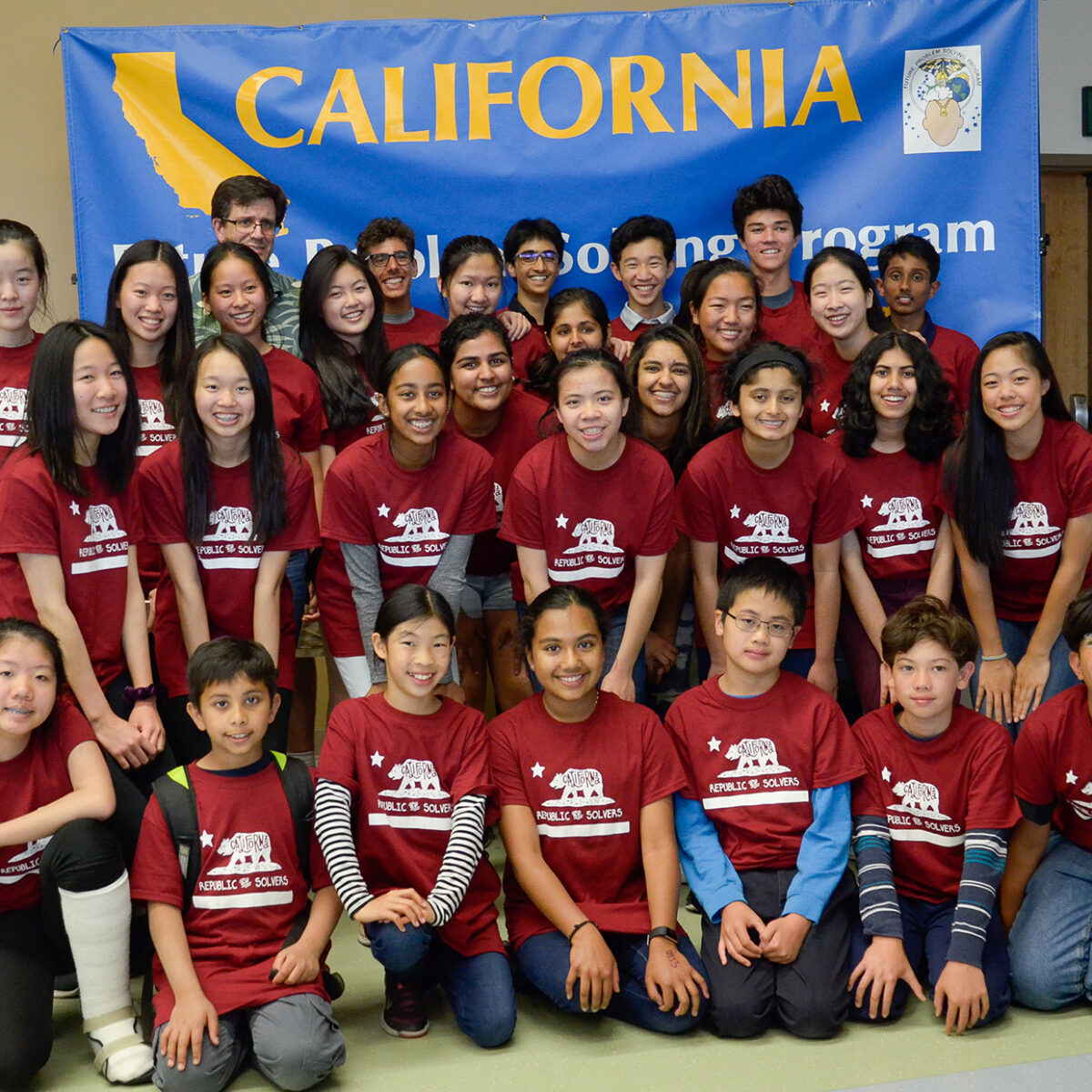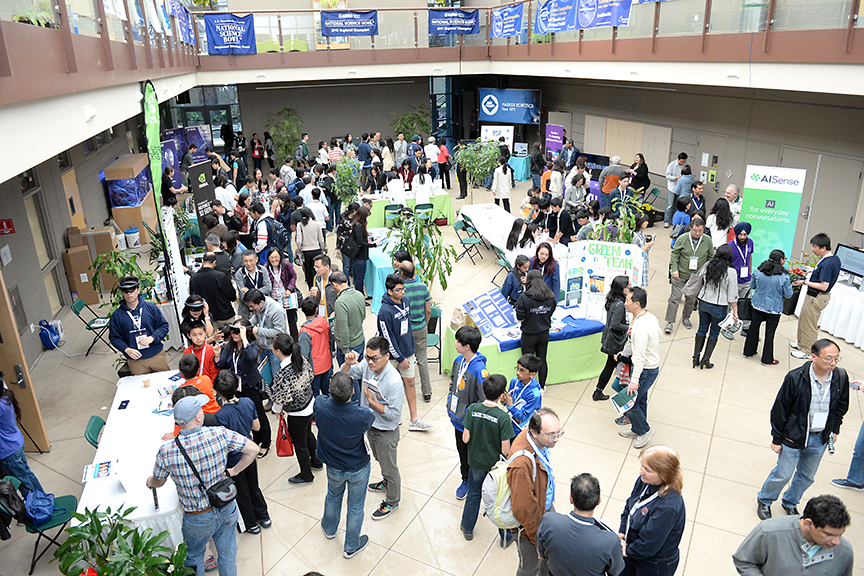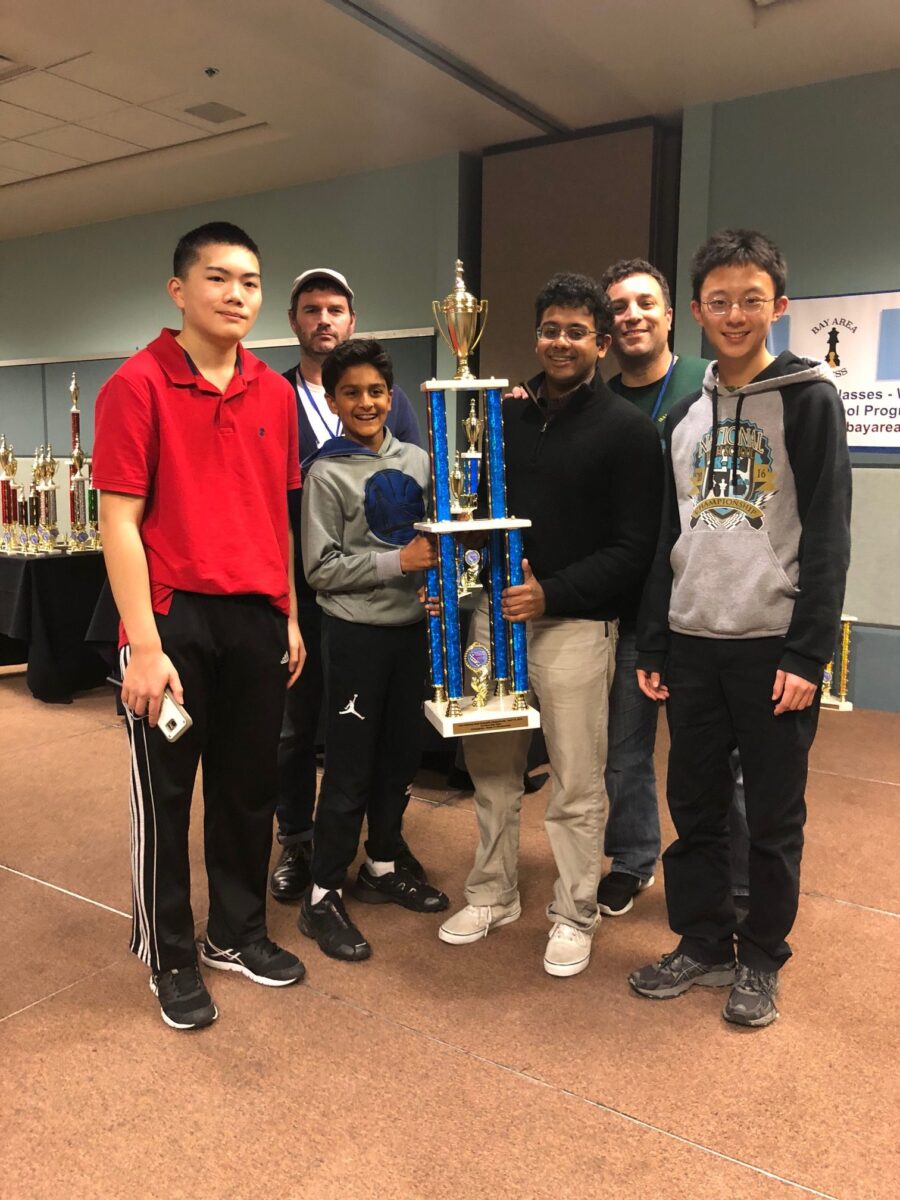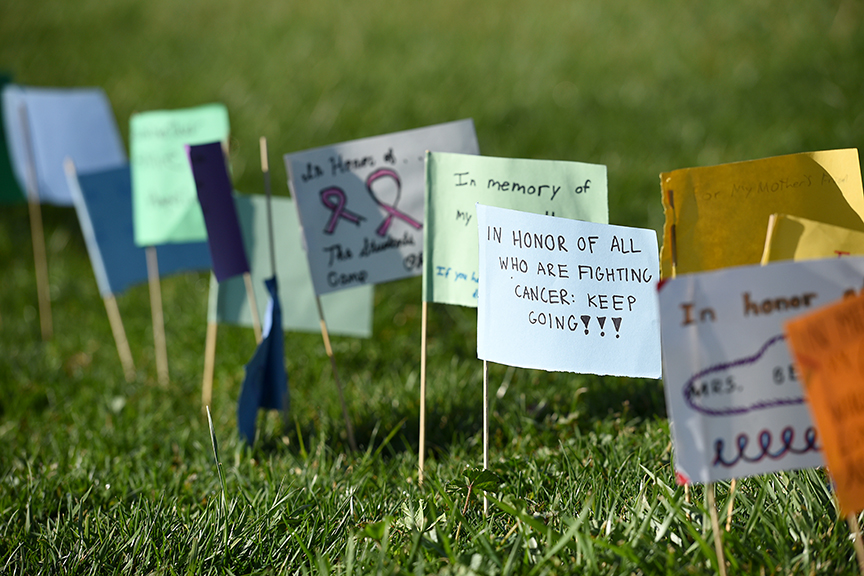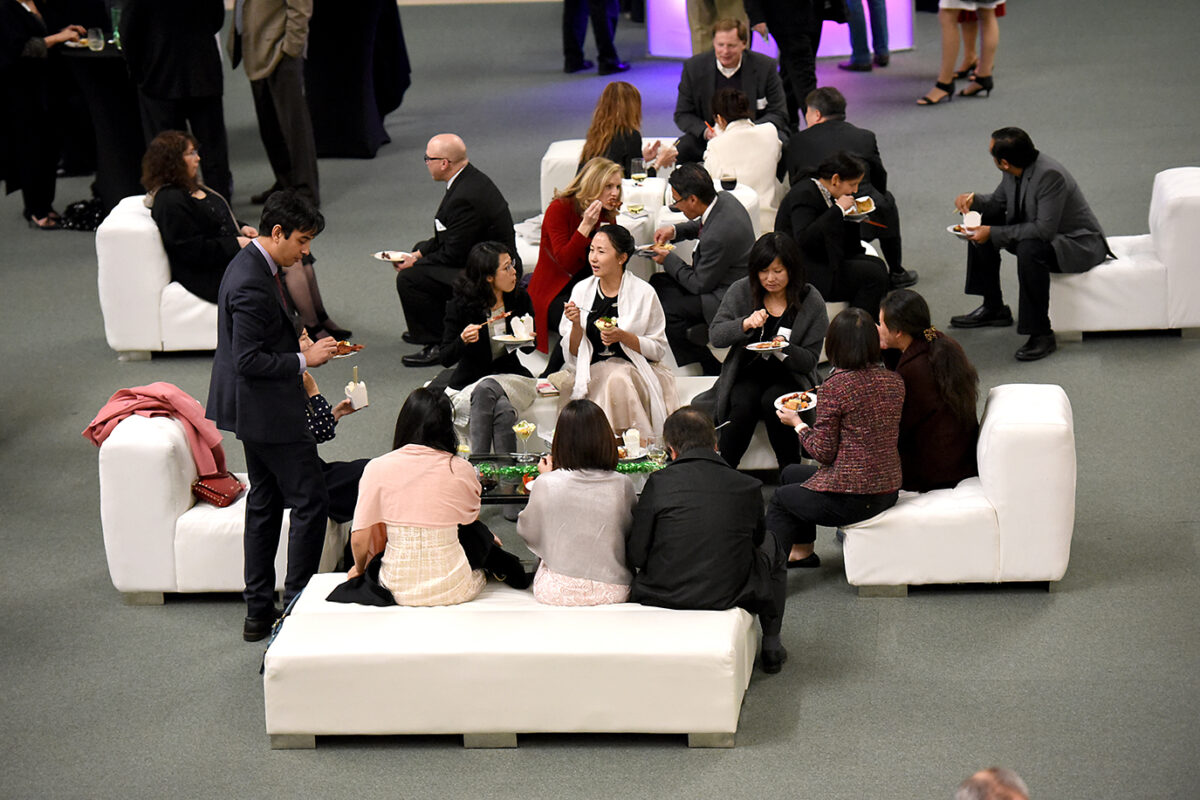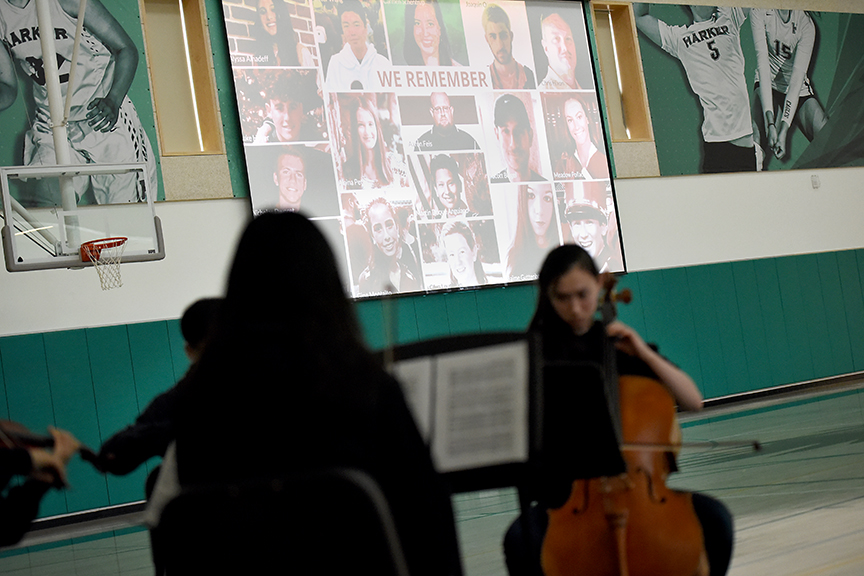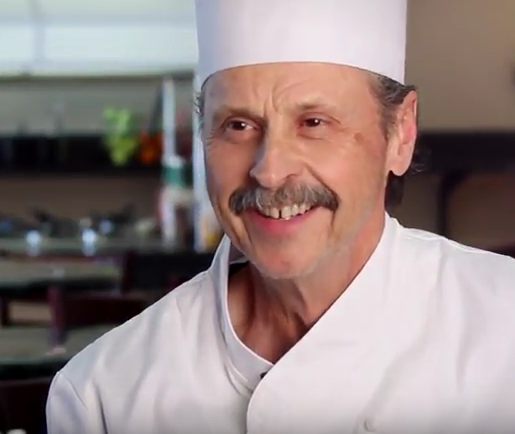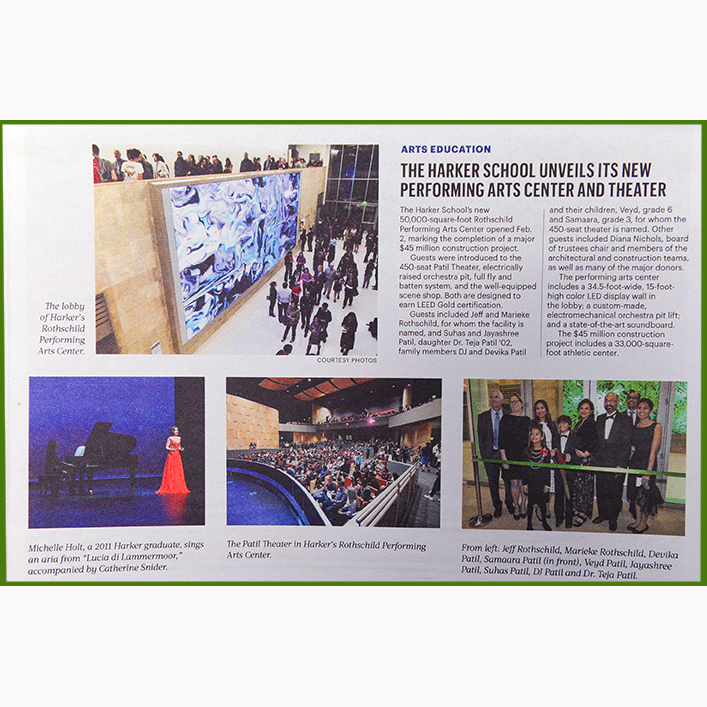Schoolwide
Chosen to represent the U.S.: 2007 J8 team reflects on 10 years since graduation
In the News: May 2018
Harker community explores the burgeoning field of artificial intelligence at 2018 Research Symposium
The 13th annual Harker Research Symposium, held Saturday at the upper school campus, drew more than 700 people from the Harker community to learn more about “The Artificial Intelligence Revolution” – this year’s theme – and see the work of Harker student researchers.
Multiple wins for Harker students at CalChess State Scholastic Championship
Harker Cancer Walk raises awareness and more than $6,300 for Camp Okizu
An estimated 650 people arrived at the middle school campus Friday morning for the 2018 Cancer Walk, an annual event which raises awareness of cancer and money for Camp Okizu.
Circle Celebration draws lively, glittering crowd
Harker celebrated its major donors at the Head of School’s Circle Celebration on March 17.
Harker recognizes National School Walkout in honor of Parkland shooting victims
Today, schools across the country organized walkouts to remember the lives of those taken in the Feb. 14 mass shooting at Marjory Stoneman Douglas High School in Parkland, Fla., in which 14 students and three staff members were killed.
